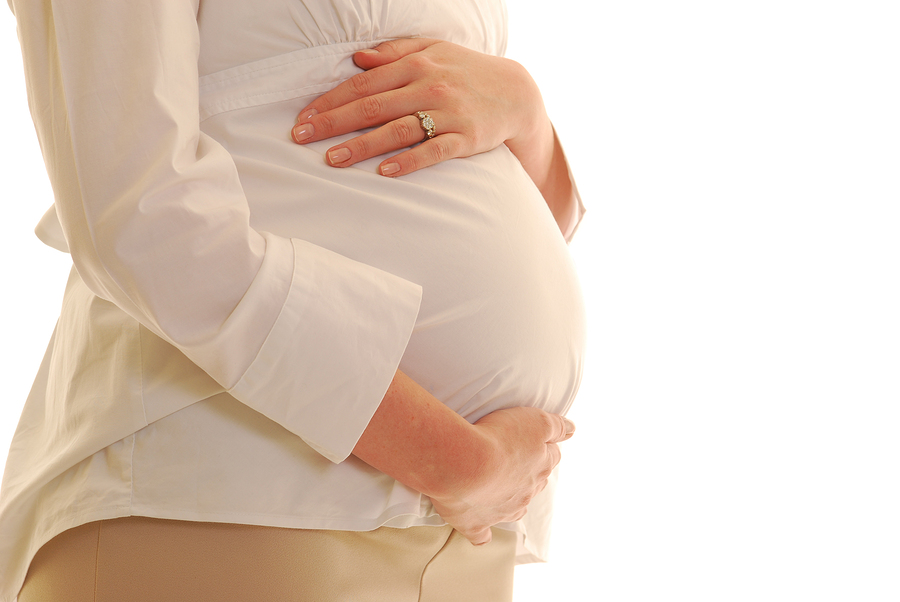Becoming a mother marks a time of profound transformation in a woman’s life. There’s the euphoria and excitement of a new baby. But labor and birth can be rigorous, and Mom will continue to experience hormonal changes for up to a year after giving birth. While the baby requires around-the-clock attention, the mother, too, needs support to take care of herself. Mother and baby are an intimate pair whose health and wellness are intertwined — just as they were in utero.
To get the pair off to the best possible start, some cultures have codified customs regarding the care of postpartum mothers. Traditional Chinese care for a postpartum mom entails a 30-40 day period of intensive recuperation. The new mother rarely leaves her home, and family members prepare all of her meals, including specific foods considered by traditional medicine to promote healing. In fact, various cultures around the world approach the postpartum period with similar practices and reverence. This New York Times article notes a few other countries and cultures with such traditions.
Even if you don’t have a team attending to you, there’s plenty you can do. In this series, we present guidelines and recommendations that any mom-to-be can implement, in two sections:
- The Last Weeks of Pregnancy
- The First Weeks After the Birth
In our practice, we emphasize nutrition, post-birth healing, and emotional and social support as the pillars of staying healthy after baby has arrived. In this first installment, we begin with:
Part 1: What You Can Do During the Last Weeks of Pregnancy to Promote Post-Partum Wellness.
We encourage expectant families to schedule a few cooking days. Make large batches of food and stock the freezer with meal-sized portions. A postpartum diet is just as vital as nutrition in pregnancy, not only for mom’s recuperation but for breastfeeding moms to stock their milk with as much nutrition as possible for baby.
So, what to cook? In general, keep it simple. Make dishes rich in veggies, preferably dark leafy greens like collards, and include protein and a whole grain if desired. Chili is an easy, filling meal. Chicken-veggie soup with rice or pasta is another example of a nutritious one-pot meal. The First Forty Days: The Essential Art of Nourishing the New Mother, a recently published book on postpartum healing, is an exceptional resource. The beautiful photography and elegant recipes and explanations give mom and her caretakers many ideas to thrive in the postpartum stage.
Oily fish are very important, too. Samples of breastmilk from cultures who consume more fish are richer in DHA (an important essential fatty acid for baby’s brain development) than samples from moms eating a typical American diet 1, 2. Salmon, sardines, and herring all fit the bill. We know, we know: You are thinking that sardines and herring sound gross. We thought so too, until we tried these. They are delicious, we promise! That particular company, Vital Choice, carries sustainably caught fish with very low detectable mercury. Avoid tuna and large game fish that have high mercury levels.
For those willing to go the extra mile, we highly encourage making bone broth. This traditional food is nutrient dense, especially rich in minerals and gelatin, which encourages tissue healing. You can then cook a soup from this broth. Or, you can freeze small portions in ice cube trays. Two to three cubes in the cooking water of grains and veggies add a boost of nutrition. Here is a recipe for chicken, beef, and fish stocks (scroll down for recipes).
Finally, consider setting up a meal train or ask a friend to do it for you. A website like Meal Train makes it easy to coordinate among friends and gives them the chance to support your growing family.
In Part Two, we’ll go over how to navigate the first weeks after birth with the essential tools for supporting postpartum emotions.
Get personalized postpartum care.
Do you want a postpartum treatment and lifestyle plan customized to your needs by a recognized expert in integrative medicine and women’s wellness?

